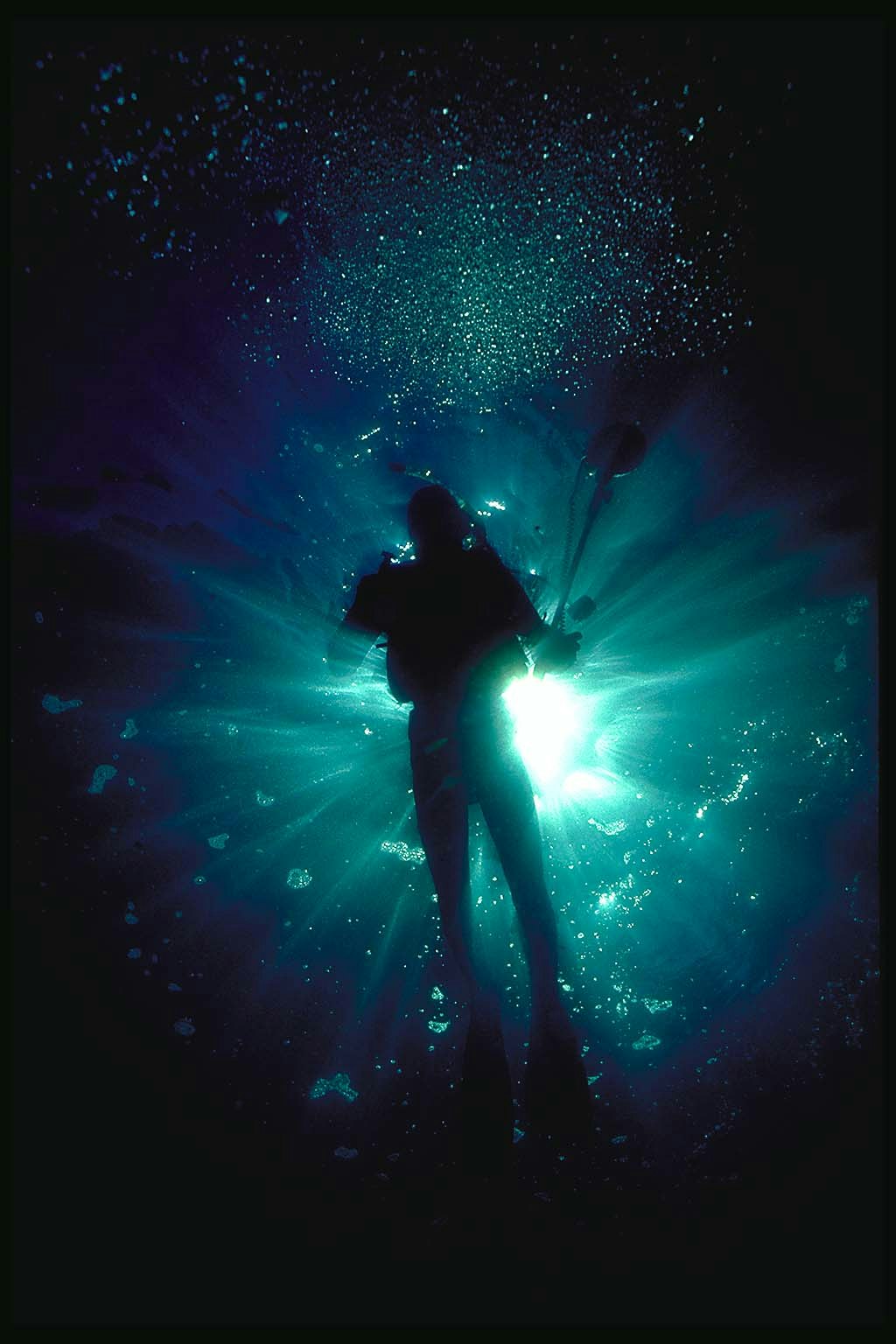Drexciya - Gerald Donald Surfaces
Clash Magazine
Drexciya Surfaces
Drexciya - Gerald Donald Surfaces

Black Atlantic Sounds
In May 2012 I published a special edition of Clash dedicated to musical outsiders. With Death Grips on the cover we went on stuff the edition with editorial celebrating the likes of The KLF, Andrew Weatherall, MF Doom, Jeremy Deller and many more.
I decided to try where many others had failed and bag an interview with the extra elusive Drexciya. This is what followed.....
Originally published in Clash Magazine
May 2012
Words by Matthew J Bennett
The tardy communiqué had finally returned to Clash HQ: “Endurance is relative to the observer.” This clipped message was from the shadowy marine obsessed cult of Drexciya, the completely anonymous protagonists of Detroit electro. And we’d penetrated their nets with a simple question: Why the fuck has their electronic music remained so singular?
Despite the furtive Drexciyan figure refusing to be identified, we managed to extract more dialogue. The exchange of information however existed in a black-ops style and was more akin to furtive coded announcements from a secret war not yet on the nation’s official books.
But why were we attempting a conversation at which so many had failed? We’d re-riled our minds into yet more aquatopian ecstasy ahead of Clone’s remastering and repackaging of Drexciya’s more crucial moments in ‘Journey Of The Deep Sea Dweller’ that now operates in two parts. It’s classic electro that’s never been bettered.
So the call of the water is too strong. Drexciya are back. Or as ‘back’ as you can be having effectively operated conversationally at the bottom of the Atlantic’s Demerara Abyssal Plain throughout your entire career. Add in the fact that one-half of your outfit sadly passed away from a heart condition in 2002 and things are still looking comfortably removed from the mainstream.
Only identified posthumously, James Stinson worked alongside a man allegedly named as Gerald Donald from 1989 till Stinson’s death. For those thirteen years they refined a second wave of electro that was as autistically channelled at the human synaptic desire to dance as it was about making huge electronic tsunami sea-changes through exclusively live studio recording on jacking analogue synths.
Clash asked whether their adoption of anonymity was crucial to their early singular aesthetic? The Drexicyan response finally returned: “The music is more urgent than the organizers of it and should take a place of primary importance, so it does not matter if one is known or not known directly. Personality is not a requirement for serious music production and they should remain separate. When the cult of personality displaces the importance of the creative process, problems begin and degeneracy unfolds.”
Drexciya were also engaged in what journalist Kodwo Eshun termed ‘Esoterrorism’ or “terrorism through esoteric myth making”. In this case the legend was that Drexciyan’s were a mutated and militarized aquatic race of music makers who adapted to live underwater after their pregnant slave mothers were thrown overboard during the pillaging of Africa three hundred and fifty years ago.
This theory and politicization of the ‘Black Atlantic’ permeates every Drexciya release and their liner notes of albums such as ‘Neptune’s Lair’ and ‘The Quest’ are drenched in conviction. Each crucial 12” is an episode from this sub aquatic race. All we know is that they demanded to challenge the centralizing face of dance music.
With such an enduring back catalogue Clash were keen to glean advice for younger minds to devour and take influence from. How do you stay true to creativity? A mandate was finally mailed back: “To never compromise their original creative vision and amplify its intensity over time. For it to be definitive, it must increase chronologically.”